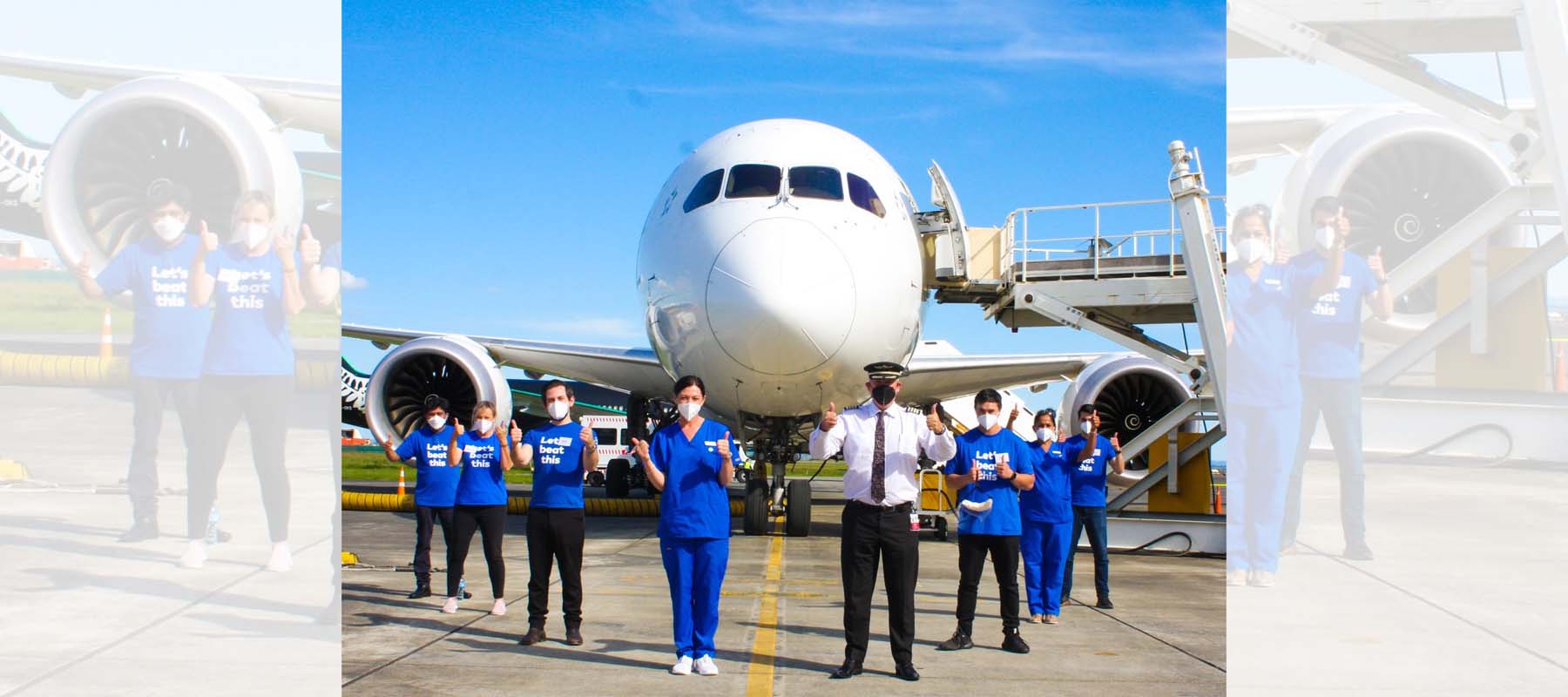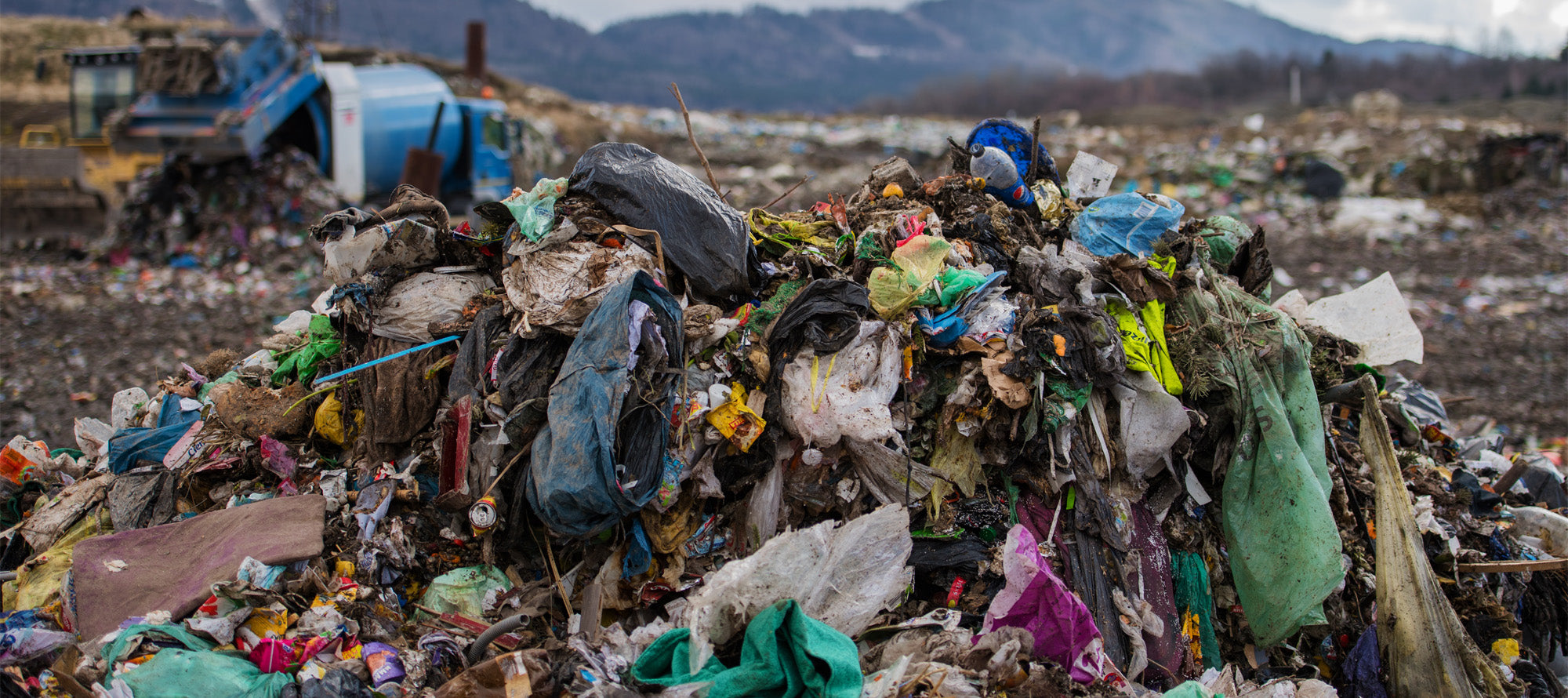We all know the sun in our little corner of the southern hemisphere is particularly harsh. This can make outside activities dangerous– especially for those spending long hours in the sun.
A question we get all the time is “how can we make a uniform that will protect our staff from the sun?”. Whether your staff are putting up scaffolding, mowing lawns, or fixing powerlines, it’s crucial to supply a uniform fit for purpose. Arrow Uniforms impressive range of all types of workwear garments is sure to have something for you and your team.
Why do we burn more in New Zealand?
Unfortunately, due to decades of greenhouse gas emissions, the ozone over New Zealand has thinned. The ozone layer is essentially earth’s sun protection as it absorbs the harmful ultraviolet (UV) rays emitted by the sun. The less ozone there is, the more radiation gets through and burns us.
New Zealand also has much cleaner air than other countries. This is great for the environment and our health but also means we are less protected against UV as the air is thinner resulting in fewer obstacles the UV must pass through to reach our skin.
A common misconception is the hotter the day, the more likely you are to get sunburn. You can still get very badly sunburnt even on a cool day as UV radiation can pierce the layers of cloud cover and still contact your skin. UV does not feel hot on your skin, so you don’t even know you are getting burnt on a cloudy day.

Effects UV
UV radiation levels peak between September and April in New Zealand. During this time, it is vital to protect your skin to avoid getting sunburn. Excessive exposure to UV radiation can result in irreversible skin damage such as dark spots, rough spots, and dry or wrinkled skin. It also raises the risk of life-threatening skin cancers such as melanoma. It’s truly in your team’s best interest to ensure that this doesn’t happen.
Another risk associated with excessive exposure to the sun is heat stress. There are many heat-related illnesses but the most common is heatstroke which occurs when the body is unable to control its own temperature. Your body’s sweating mechanism fails, your temperature begins to rise rapidly, and you are unable to cool down. This is life-threatening but easily avoidable given the correct PPE.
1.
Wearing a light, long sleeve shirt is an easy way to reduce the risk of getting sunburn. The fabric acts as a physical barrier between your skin and UV effectively reducing exposure. Make sure the fabric you are wearing is tightly woven so that no light can penetrate through. Linen is less tightly woven than cotton and could potentially let UV light through. Check out our range of long sleeve shirts here.
2.
Another simple solution to prevent excessive UV exposure is to wear a wide-brim hat. This will protect your face, neck, and head against UV exposure. This area is one of the most commonly affected parts of the body and should be a priority to protect. Check our hats out here
3.
Now for the easiest part of your body to forget, your feet. Sunburn on your feet is very common, especially in summer when all you want to do is wear Jandals. A sturdy pair of work boots will help protect your feet from harmful UV radiation. Trust me, those sock tan lines are worth it in the long run! Contact us at info@arrowuniforms.co.nz to see our collection of work boots.
4.
Then of course there is sunscreen, an absolute essential in summer. When in doubt, always go for an SPF50+, reputable brand that has been tested. Many sunscreen brands do not meet their claims. Here is a list of tested sunscreens for summer 2021/2022. Apply sunscreen 30 minutes before sun exposure and reapply if you go swimming or dry yourself off. Once your sunscreen reaches its best before date throw it out and buy a new one to avoid unexpected burns.
5.
Drink a lot of water. Simple right? In the heat, it’s very easy to get dehydrated fast. As a guide, it is recommended to drink six to eight glasses of water a day but in the heat, your water intake should increase to one to two litres per hour if you are exercising heavily in the heat.
6.
The last but equally important tip is to seek shade. If you can, try to work in the shade. Time your work to the path of the sun so you can work in the shade for longer during the day. Try this handy app that will notify you when UV levels exceed their threshold https://www.healthnavigator.org.nz/apps/u/uv2day-app/







Leave a comment
This site is protected by hCaptcha and the hCaptcha Privacy Policy and Terms of Service apply.